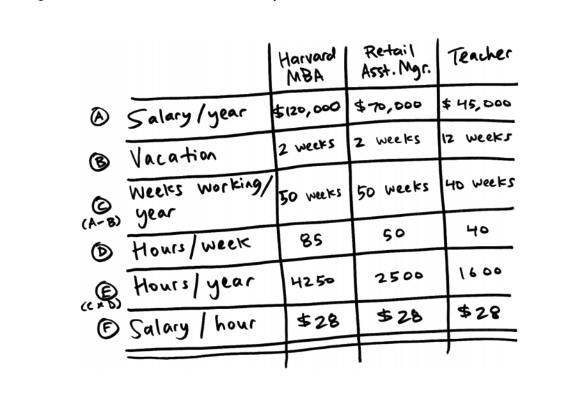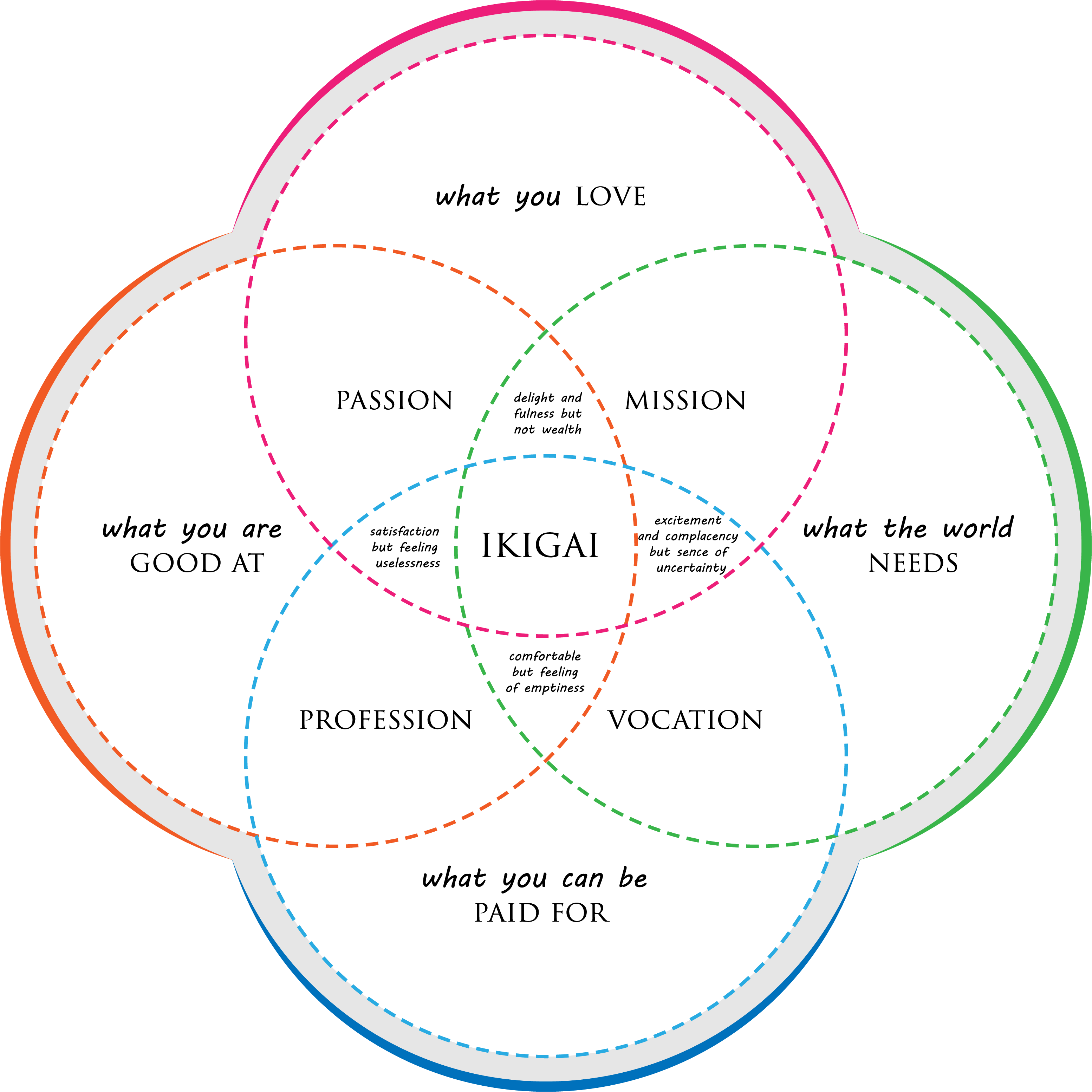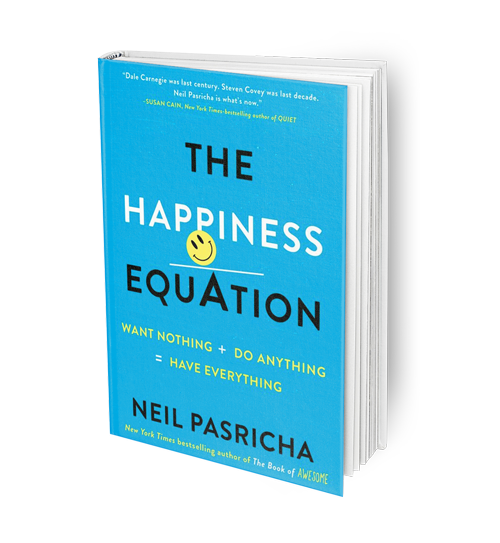happiness equation – summarized notes and action items
Dylan Kyang
Happiness is an interesting thing. We too often get stuck up in our heads with negative self-talk, catastrophizing and criticism that we forget that everything we’re doing is to just be happy as well. So have a break, take a deep breath and let this book open your eyes to Neil Pasricha’s 9 secrets to happiness!What is The Happiness Equation? 🔗
So the way that Neil introduces his book is exactly how I’ve felt how the self-help industry has been. Lack of action items, a general lost feeling that I think we may all have and a solution to help us finally figure out how to be happy. I’m not even sure how I came across this book, I’m pretty sure I saw the cover at a Chapters and then got it for my e-reader when I was home. But nonetheless he boils it down to 9 secrets and it’s nice to finally have it laid out somewhere!
🎥 THE HAPPINESS EQUATION by Neil Pasricha | Video (1:30 minutes)
Neil breaks down his nine concepts/rules/advice to 3 sections to help you learn to live happily. And those 3 sections to formulate the happiness equation.
Want Nothing 🔗
LAO TZU
Be content with what you have. Rejoice in the way things are. When you realize there is nothing lacking, the whole world belongs to you.Be Happy First 🔗
Many of us are told that if we work hard, we’ll be successful, and then we’ll be happy. That’s a flawed perspective. You’ll end up chasing success endlessly — from better grades to the next promotion and a bigger house.
On the other hand, if you’re happy first, you’ll feel great and become more productive. According to Harvard Business Review, happy people are three times more creative, 31% more productive, and enjoy 37% higher sales. In another study, researchers also found that the happiest nuns (with a more positive attitude) lived on average 10 years longer than the least happy nuns.
Research suggests that only 10% of our happiness is based on what happens to us (i.e. our life events and circumstances). The other 90% comes from our genetic predisposition and what we do intentionally to improve our happiness.
Easier said than done, but like any other skill we can strengthen/learn it by practicing some tasks. Here are 7 things you can practice to, learn to be happy first:
- Go outside for 30 minutes walks three times a week
- Take 20 minutes to write about a positive experience three times a day
- Engage in five random acts of kindness a week
- Gain focus by completely unplugging yourself before bed
- Get engaged with a task, get in the zone, aim to improve a skill/talent
- Take some time to do a two minute meditation at least twice a day
- At the end of the week write three to five things you are grateful for, or things you are proud of.
Do It For You 🔗
Go for intrinsic rewards/motivation over external ones, and learn to accept yourself. Learn about the two different types of motivation, three types of success and how to build your self-confidence and self-acceptance. Stop caring about the critics and do it for yourself by strengthening your self-confidence. You usually go through self-acceptance in three phases:
- (H)ide: Masking is a form of self-judgment (fear or humility)
- (A)pologize: Another form of self-judgment, by acting awkward you make it awkward
- (A)ccept: By being clear and simple you remove yourself from judgment
Remember The Lottery 🔗
Being alive today (in an age with more safety and comfort than our predecessors who struggled with food, shelter, and plagues) already means that you’ve already won the lottery. Remember that the next time you’re having a bad day or wish you had more.
You are enough 😁! We all get stressed, frustrated and annoyed at times, but the truth is, it’s not that serious. Take a step back and look at the world. The astronomy of it all is humbling, we live on a pale blue dot. Cherish it! We’re lucky! We are alive! We’ve already won the lottery! Now it’s time to make the most of it! 🤗
Do Anything 🔗
Number One Regret of the Dying
I wish I’d had the courage to live a life true to myself, not the love others expected of meNever Retire 🔗
Retirement is really a flawed, outdated concept. And, work gives us 4S’s that are crucial for our well-being. The concept of retiring is such an odd thing. I’ve always thought this for the longest time, but the first time I didn’t feel crazy that I had that thought was when I read about it in Timothy Ferris’s Four Hour Work Week. And reading it in The Happiness Equation, it has instilled it even further.
There’s a little village that Neil talks about that live for a long time. The common thing among them is that they never retire. They all live by something called an “Ikigai” which just means “having a reason or purpose to get up in the morning“. And this makes so much sense to me. Because without work I think I’d go crazy because I just have a need to always be doing things. So rather than dread “working” find something you love and do that every day. So in a sense all this chapter means, I believe, is find something you love to do and never retire.
Overvalue You 🔗
Learn why it’s a bad idea to focus on your total income, and how you can overvalue your time to create more value and fulfillment per hour. Sometimes we get too caught up on numbers, salaries, what other people are doing etc. We don’t give ourselves enough time to just sit and think about what we got. Know your worth. The concept of salaries is also flawed, it doesn’t make sense. Life is time-based so trying to measure what you do at work based on a year doesn’t make sense if sometimes you put in 40 hours a week and sometimes you put in 80+. I would never recommend you measure your worth by how much you make but if you have to do it. Measure your pay hourly not annually!

This was a short chapter. But I think all he wants to get across here is for you to know your worth. If you need to measure pay, do it hourly. You’re time is valuable. Make the most of it.
Create Space 🔗
Everything we do fall into four types of spaces. Learn how the happiest people allocate time across those four spaces. And how you can create space with specific strategies to reduce choice, time and accessibility. In a world where we never have enough stuff, we want to get more done and everything’s moving so fast; we tend to burn out. In my case my mind always wants to be doing stuff and sometimes I do! I fuckin’ kill it, but very quickly after that I burn out. Rather horribly. My mind crashes. So Neil actually breaks it down pretty easily and tells you to try balance your workloads by type and try to get into each of these four mental states (and some examples):
The Four Workloads 🔗
- The Zone: Prepping for a conference, a big launch, first month on a job
- Making Space: Lying on a beach, meditating, chilling
- Thinking: Journaling, writing, talking with friends, therapy sessions
- Doing: Hiking, working out, playing sports
So that’s nice and all and yeah we’re probably all about trying to get those things done. But even doing a little bit of these everyday my mind still goes into overdrive just thinking of random stuff. Thankfully, Neil gives us three ways to helps us clear our minds.
3 Ways to Less Brain Clutter 🔗
- Make your life easier by removing the amount of decisions you need to make 👉🏻 Automate, Effectuate (Just do it), Regulate (Rules)
- Move deadlines up. If you need to get something done shorten the amount of time you have and that last minute panic will surely kick in
- Make yourself less accessible. With modern technology anybody can get a hold of us and switching back and forth between things gets distracting. Removing access to yourself when you’re trying to focus will make you more productive a hundred fold
Balance your life, take breaks, put happiness first and try your best to make your life easier!
Have Everything 🔗
LAO TZU
Be content with what you have. Rejoice in the way things are. When you realize there is nothing lacking, the whole world belongs to you.Just Do It 🔗
If there’s something you need to get done or something you’ve always wanted to do, the best thing to do is: JUST DO IT! Stop waiting for motivation. Focus more on discipline. This was pretty much what the Limitless Planner was centred around. I remember even reading something called the No Zero Day Challenge on Reddit and it really inspired me to change my life. So the best course of action is to just take action but if you need help with this all here’s a technique:
The Jerry Seinfeld Method 🔗
- Declare a habit/task that you can do daily
- Everyday you do it mark a big ‘X’ on a calendar
- Try to build the longest chain possible
No days off!
Learn to overcome fear and procrastination with baby steps and the 30-seconds technique.
Be You 🔗
This was the chapter that I had no idea how to reiterate and relate back to happiness. The title makes sense; the secret is to “be you,” but what does that mean? From my understanding the main point is self-acceptance. Allow yourself to be the person you are. We’re too often stuck making sure that our parents are satisfied with our decisions, that the people around us will like us or approve of us, we don’t want to be judged. But essentially one of the symptoms of happiness is that none of that really matters to you. Sure, just like the rest of these things in the book easier said than done.
So he gives us three things we can do when we approach situations that may make us question our self-confidence or self-acceptance. Discover your authentic self with three tests and learn to be yourself (instead of living by others’ expectations).
The 3 Happiness Questions: 🔗
- First Thought: What are your first thoughts on a Saturday morning? Whatever that is, DO IT! He’s highlighting the thought process/idea that your passion, your ikigai or your purpose is something you already now. Just work on it and the rewards will come!
- Be There: When you’re unsure about a future scenario like; applying/working for a new job or going to a new school, imagine you’re already there. By either immersing yourself in the situation ahead of time or imagining it you will be able to see how you mentally react/like it and be able to make clearer decisions by doing that.
- Five Closest: This has been said pretty much everywhere but essentially the five closest people you are with represent who you are. So if you want to become a better leader look at the five closest people to you and see how they are to find things to improve on yourself.
So end all be all. To be happy just let yourself be you. Accept it. Embrace it. And go all out!
There’s a secret happiness chapter in here and I highly recommend you read it. 😀
Don’t Take Advice 🔗
All advice conflicts. So take everything as a grain of salt. More often than not, the advice you take, or at least the ones you like are just things you were probably already are thinking in your head. Although no one wants to admit it people tend to want to hear it confirmed from somewhere. So to be happy don’t blindly take advice; do your research, and make your choice accordingly. There’s no perfect advice, so learn to start listening to yourself and make your own decisions.
Infographic 🔗


Ikigai 🔗
Wikipedia



